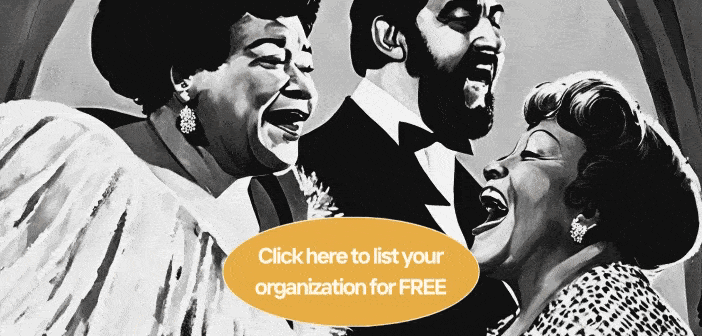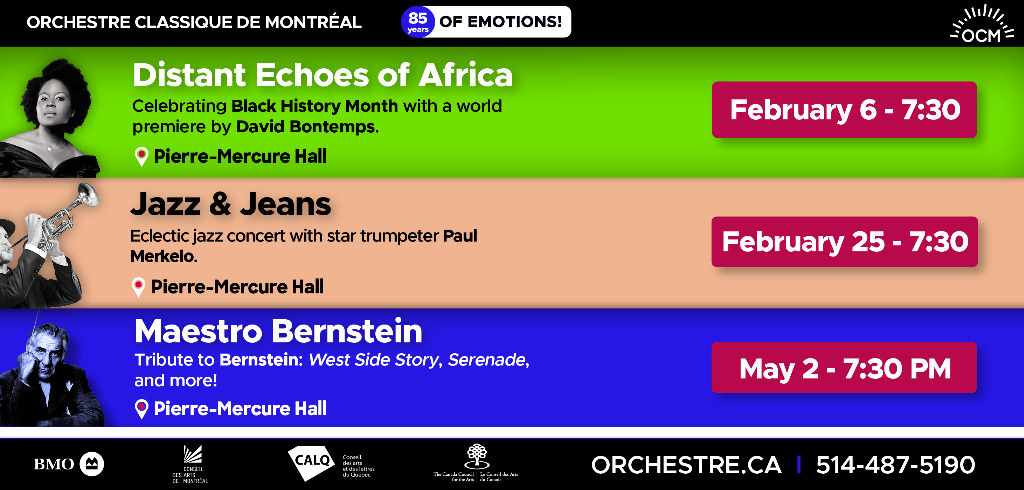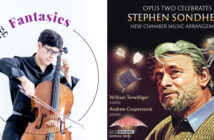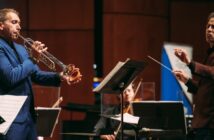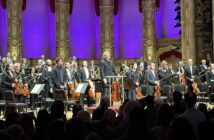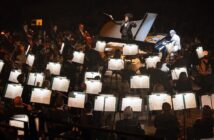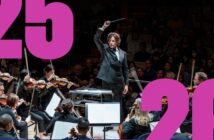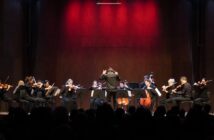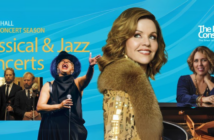Elgar Conducts Elgar The Complete Recordings 1914-1925, Elgar: Symphony No. 2/Violin Concerto (Marie Hall)/Cello Concerto (Beatrice Harrison)/Sea Pictures (Leila Megane)/Cockaigne Overture/In the South Overture, etc. Symphony Orchestra/Royal Albert Hall Orchestra/Sir Edward Elgar Producer & Transfer/Restoration Engineer: Lani Spahr Music & Arts CD-1257(4)(296 m 2 s)
For collectors this is a gold mine of historic recordings. For music lovers – not so much. These are recordings from the acoustical era, and Elgar went on to make much better-sounding recordings of nearly all the same pieces using the electrical microphone. Frankly, ploughing through many of these performances is almost painful. Given the primitive recording technology, the music comes through greatly diminished. In big orchestra pieces strings are often totally obliterated by brass and dynamics are very limited. The larger pieces are mercilessly cut to fit the time available on sides of a 78 rpm recording.
To really appreciate these recordings, one must transport oneself back to London in 1914. It was a world in which the idea of capturing the sound of a symphony orchestra on a machine, then being able to make it available for millions of people to listen to the same music at home, was still a dream not a reality. Imagine also what it would have been like for a great composer like Elgar to be able to record his own music so that soloists, orchestras and conductors 50 or 100 years later could know exactly what he had in mind when he wrote the music. Being the musician that he was Elgar was very much aware of the limitations of the early recording technology. But to him it was much, much better than nothing and he was thrilled by both the first results and the possibility of what might come later. Interestingly, these amazing new transfers by Lani Spahr are based on recordings from Elgar’s personal record library. Obviously, they meant a great deal to him.
One invests in a CD set like this one not for enjoyment but to learn something. What do we learn? Well, we learn that for a 1914 recording Elgar took his famous Pomp and Circumstance March No. 1 more slowly than I have ever heard it before, and with a huge dose of sentimentality. We also learn that in 1921 he took “Nimrod” from the Enigma Variations very fast. This performance is totally devoid of its usual gravitas.
And when violinists today come to prepare their own performances of the Violin Concerto what will they make of Marie Hall’s recording with the composer conducting? Such a generous dose of portamento – sliding from one note to another – is frowned upon today. But in our time we are taught that we need to learn more about period performance and seek to reproduce that style of playing. So if that approach is good for Bach and Mozart shouldn’t it apply to Elgar too?
History of a different kind was captured January 29, 1915 in Elgar’s Carillon Op. 75. This is a setting of a poem by the Belgian Emile Cammaerts, composed just after the Germans invaded Belgium in 1914. Henry Ainley is the speaker and the work evokes deeply felt patriotism even as the dreadful carnage of World War I was underway in Europe. Unfortunately, it is hard to overlook the poor quality of the music and the performance.
Paul E. Robinson
Purchase here

